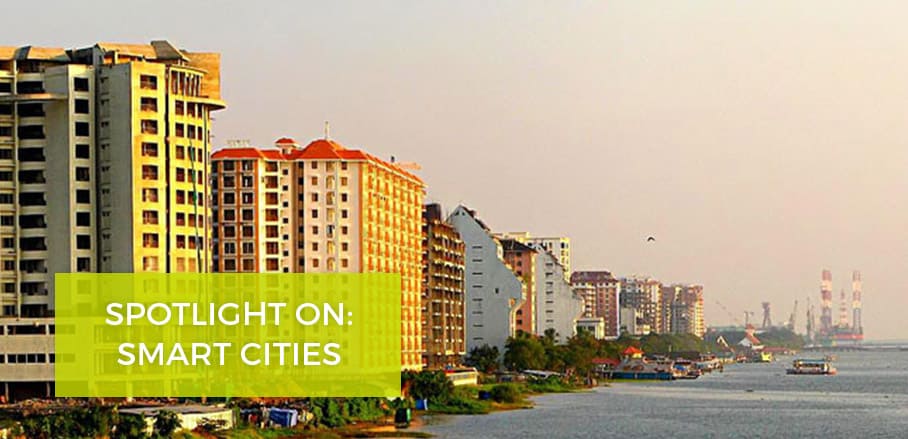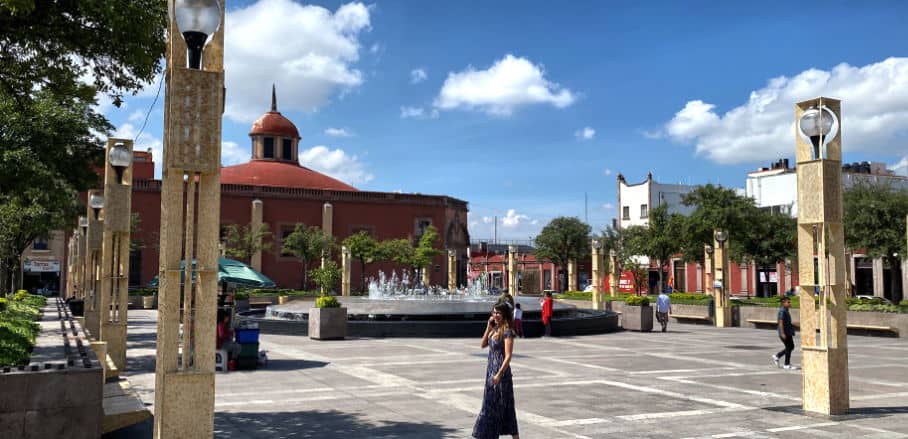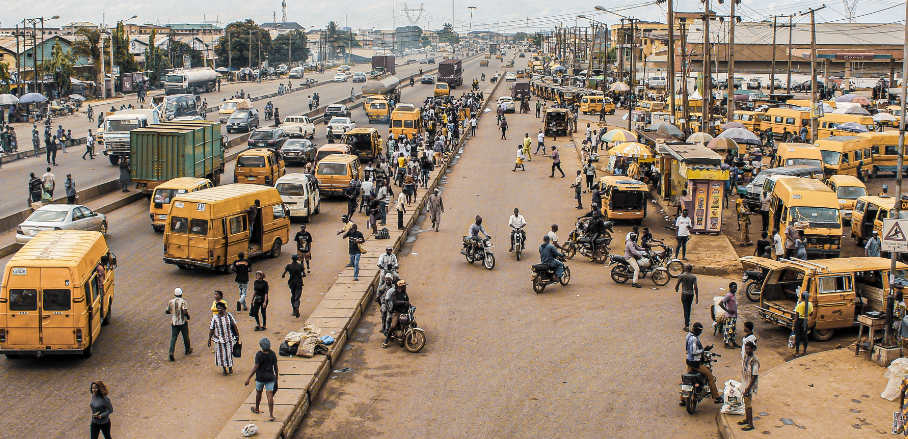“I think the Smart Cities are on the right track” – An interview with GP Hari, Kochi Metro Rail Ltd.
Kochi has been declared a Smart City – what does this mean?
Kochi is one of currently 20 Indian cities included in the first round of the national Smart Cities Mission, run by India’s Ministry of Urban Development. City improvement (retrofitting), city renewal (redevelopment) and city extension (greenfield development) are the strategic components of the Smart Cities Mission.
There are several reasons for turning Kochi into a Smart City. The city needs to become better connected and accessible, and be developed into a clean, green and healthy city that is governed in a smart way. Like the other cities that are part of the Smart Cities Mission, Kochi has set up a Special Purpose Vehicle (SPV) called Cochin Smart Mission Ltd. The SVP is responsible for implementing the Smart City proposal, commencing with preparation of a master plan and detailed engineering reports, fund management, financial modelling and establishing a self-sustainable, smart eco-system.
Kochi Metro Rail Ltd. is another SPV that was formed in 2012 to implement a Metro Rail system in the city of Kochi. Additionally, KMRL also work towards developing an integrated urban transport network, bringing together all public & freight transits under one governance umbrella, the “Metropolitan Transport Authority” (MTA)-Kochi. The advantage of this is that while this SPV can focus on public transport integration and mobile application based platforms for citizen and local governments interactions, such as dissemination of information like, tax or any other government notifications, awareness programmes, grievances redressal mechanism, payment gateways, utility bill payments etc., the smart city SPV can focus on all other citizen centric developments as envisaged in the smart city framework.
Smart cities seem to be able to solve a lot of problems. How come not all cities try to be smart cities?
Correct, the smart city initiatives can solve many citizen-centric problems to a certain extent. First of all, we need to understand the issues that citizens are facing in each smart city area. But in the Indian context, a smart city SPV alone will not be able to solve all the issues, as it requires converging the coordinated efforts of multiple govt. agencies at local and state levels for realising projects on time. This SPV will face challenges in preparing the master plan and the implementation framework by bringing together the plans of various development agencies and also by incorporating the smart components into it.
The implementation of smart city components is tailor-made for each city and there is not a standard solution for all cities. Now Cochin Smart City is only a concept adopted for a relatively small area of around 19 square kilometres. During the interactions with the public, we have conveyed that the smart city initiative is aimed at enhancing the quality of life for citizens. Once it becomes successful and based on the key learnings, either the smart city area could be augmented or the government can decide to add more cities to its smart city frameworks.
Indian cities are growing rapidly. Is that a chance for the Smart Cities approach in the sense that urban growth increases the need for Smart Cities?
Yes, the cities with a population of half a million can have a smart city approach. The present initiative is a good step forward if it proves that a self-sustained eco system can work. Then the others can follow. In India, hundred cities have been selected for the Smart Cities Mission, and are implementing projects that will eventually show the merits and demerits of their approach. I believe many more smart cities could emerge in India. However, it does not mean that “smart” development necessarily refers exclusively to cities. Why can we not adopt the same strategies to a village? The Smart City is a concept with a very defined brand image, so it could also be the “Smart Village” and needs to be in sync with its geographical nature. The villages also deserve to be smart with tailor made approaches.
How much does the implementation of Smart Cities depend on local governments? And to what extend does the New Urban Agenda provide guidelines?
Basically, the smart city mission in India is a centre-state partnership, where the local governments play a key role, as envisaged in the New Urban Agenda. The Indian guidelines are clear and specific. The local, state and central government contributions over a period of five years would be 85 Million Euros for a smart city SPV. Kochi Smart City has a plan for a financial overlay of 700 Million Euros. The funding gap is to be met from the convergence of other project funds, loans, grants and PPP model developments by the Smart City Company. Hence a lot depends on how smartly they approach the task of managing and generating funds. If they could successfully develop public-private partnerships, 85 million Euros capital could easily be leveraged to an 850 million Euro investment, and only then the citizens would be able to experience and see the positive changes in the Smart City area. The Smart City managers also need to be smart when it comes to this kind of financial modelling of projects and identifying alternative revenue sources that go back to the Smart City initiatives.
Where do you think Smart Cities will be in 20 years’ time, when Habitat IV is scheduled to take place? What do you think will have to happen in these 20 years?
I think that the Smart Cities initiatives are going to be successful, because Habitat III has created a platform for cities, policy makers, urban planners and technology provides around the world to interact and exchange their ideas and thoughts. The H-III was a great source of inspiration and learning for participants. H-III has witnessed the attendance of many international NGOs and they are helping many cities to achieve their goals. I think we, the Smart Cities, are on the right track. I hope that by the time H-IV takes place, there will be hundreds of successful smart cities around the world and hopefully many successful smart villages as well.






